Formerly known as First Line East, Cawthra Road was officially named for the famed Cawthra family in 1958. Seems simple enough. Patriarch Joseph Cawthra obtained a Crown Grant for Lot 10, Concession 2, SDS, here in historic Mississauga in 1808. Part of the property remained in the Cawthra family until 1974. The Cawthra family was connected to this property for 166 years.
The road that abutted their property became known locally as Cawthra Road before it was officially named as such by the Township in 1958. For many residents of our city today, the name Cawthra connects with the Cawthra Estate, a Designated City-owned heritage building today.

The estate, known to the family as “Cawthra Lotten” (Lot Ten – simply a reference the historic surveyed lot number), was built in 1926 by Grace Cawthra-Elliot, the last of the Cawthra family to live on the property.
Grace was a bit of an enigma: part old world tradition and old money, part pride and vanity, part strength and charm. The estate, and perhaps Grace herself, were seen as a relic of old decency, reflecting dreams of past grandeur. Fittingly, inscribed on Grace’s gravestone at St. John’s Anglican Cemetery in Dixie are the words: “Yea, I have a goodly heritage.”
Grace Millicent Kennaway Cawthra was born in Toronto in 1878. She grew up steeped in stories of her family’s heritage. She was born to wealth, and yet confined by tradition. She was the youngest child of Henry Cawthra and Anna Celesta Mills – both families steeped in history.
Her great-grandfather, Joseph Cawthra, was active in York (Toronto) and a leading businessman in the community during the War of 1812, and her mother’s family was of staunch Loyalist roots. Her great-uncle, William Cawthra, made much of the family fortune.
Her first cousin was the Right Honourable Sir William Mulock, and his son was Cawthra Mulock, one of the wealthiest people in the country. Grace was also related to the Adamson family of the nearby Adamson Estate – Grace’s first cousin was Ann Mabel Cawthra, who had married Agar Adamson. The Cawthra family was accustomed to moving in the wealthy and elite circles of society.
Grace’s father, Henry, was a lawyer and a director of the Bank of Toronto, amongst other positions. He was also an avid art collector, and reportedly spent much of his time (and money) abroad in Europe. He was said to be nervous, even a bit paranoid.
Grace herself was educated by an English governess, and was later sent to school in France. Her parents had strict expectations when it came to suitors and potential marriages for their children, and as the youngest child, Grace was expected to remain at home.
Grace, at age 26, was still dependent on her father when he passed in 1904. Henry’s will, while providing a small allowance for Grace, left the estate to his wife, with the expectation that Grace would remain with her mother to care for her.
Grace and her mother spent considerable time in England at the estate of her god-father, Sir John Kennaway, and while there she attracted several high-society suitors, although apparently none of the would-be-suitors passed Grace’s or her mother’s strict expectations of looks, wealth, position, money and charm. During the First World War they resided in Ottawa, staying at the Chateau Laurier.
It was there that Grace met Colonel (later Major-General) Harry McIntyre Elliot, a career military man who was of “good Cheltenham English stock”, and was well-educated.
Grace and Harry were married on July 29, 1921. One of the stipulations of marriage was that Major-General Elliot had to add the Cawthra surname to his own, and the Cawthra-Elliot name was born. Their wedding made the social papers of the day.

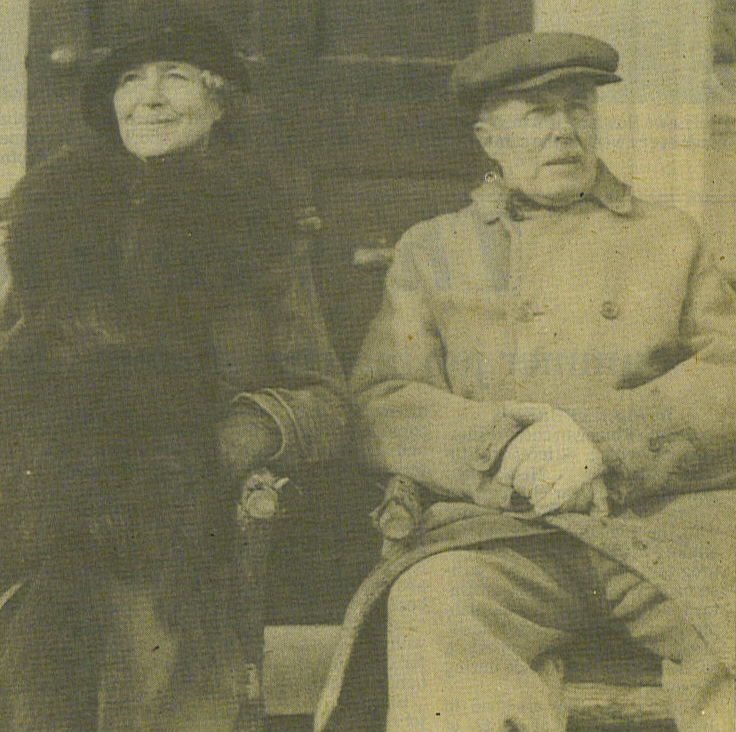
In 1926, on property left to her here in Mississauga, Grace built a new home, said to be a copy of the Cawthra family’s ancestral home in Yorkshire, England, known as Yeadon Hall. The estate not only featured the grand house, but also extensive gardens, an English walled garden, a gatehouse, and various outbuildings. The house was carefully designed by renowned architect William Lyon Somerville to accommodate the elegant and refined lifestyle of Grace and Harry Cawthra-Elliot. Somerville designed it in a Georgian Revivalist style, according to his philosophy that “a perfect Canadian home must descend directly from the cottages of England.” The landscape architect for the estate was Edwin Kay, who is said to have designed it in the spirit of “conservative elegance”. To most observers, Grace had created a property that reflected the heritage of the Cawthra family, and in embracing that heritage, turned away from the modern world. To others, the world crafted by Grace was but an illusion of past glories, albeit an illusion she kept alive within the manicured grounds of Cawthra Lotten.
On July 16, 1934 Cawthra Lotten played host to a grand garden party celebrating the 150th Anniversary of the United Empire Loyalists. UEL descendants and other members of Toronto’s social elite attended, dressed in Victorian-era costumes, and danced the minuet on the expansive lawns. It was perhaps the high point of life at Cawthra Lotten.
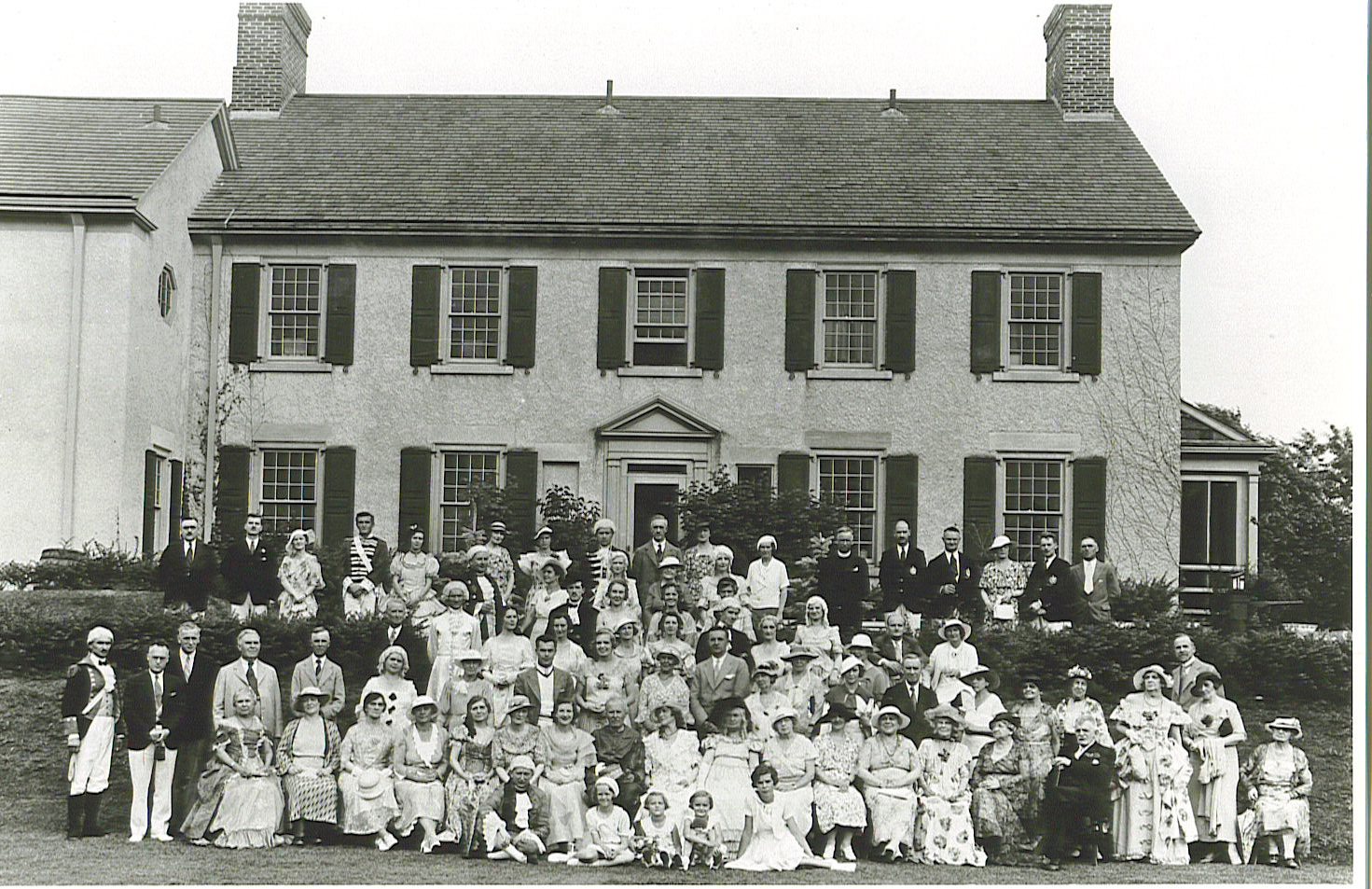
In the years that followed, Grace’s attentions focused more inwardly on her family history and Cawthra Lotten, and it is said that she rarely left the property. As she withdrew from the outside world, it would seem that the outside world also moved on somewhat from the Cawthras. Many of the grand Cawthra homes of Grace’s youth in Toronto were sold, repurposed, and demolished as the city expanded.
In 1947 the east wing of Cawthra Lotten was struck by lightning and gutted by fire. Harry, then 80 years old, developed pneumonia, and never really recovered. He passed away on June 27, 1949. Grace, then alone, would spend the rest of her life in the company of her family heritage. To many who knew her, family anecdotes and history “pushed all other concerns from her mind.” The grounds began to decline and grow wild.
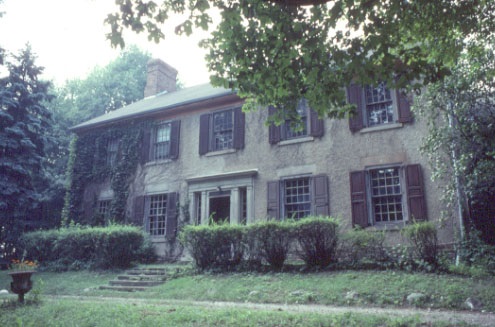
The house was cluttered with all kinds of furniture, stacks of magazines, papers, books, letters, cards, and unpaid bills. Grace had the money to pay them, just not the presence-of-mind to do so. In the years following Harry’s passing, Grace corresponded frequently with local newspapers, and anyone else who showed interest, in the history of her family and of the early years of province. She was a passionate advocate for the preservation of history, albeit one who was seemingly consumed by it.
Grace’s companion in her later years was her English housekeeper, Elizabeth Naismith, who reportedly followed Grace’s instructions that nothing was to be touched, including the accumulations of dust.
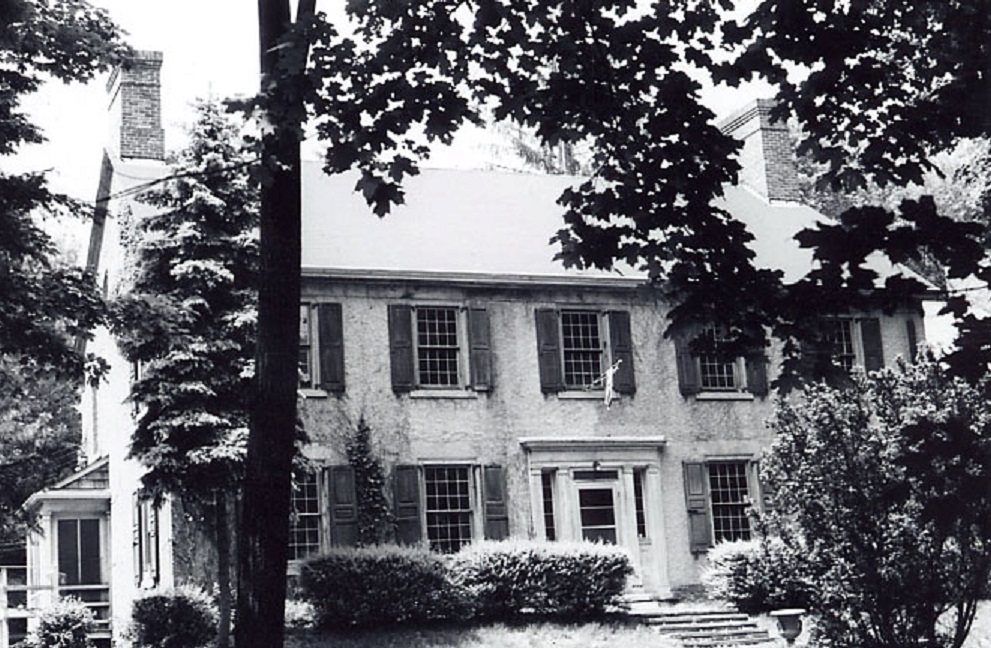
Grace Cawthra-Elliot passed away on October 22, 1974 at the age of 96, and the estate, for which there were no heirs, was later purchased by the City of Mississauga.
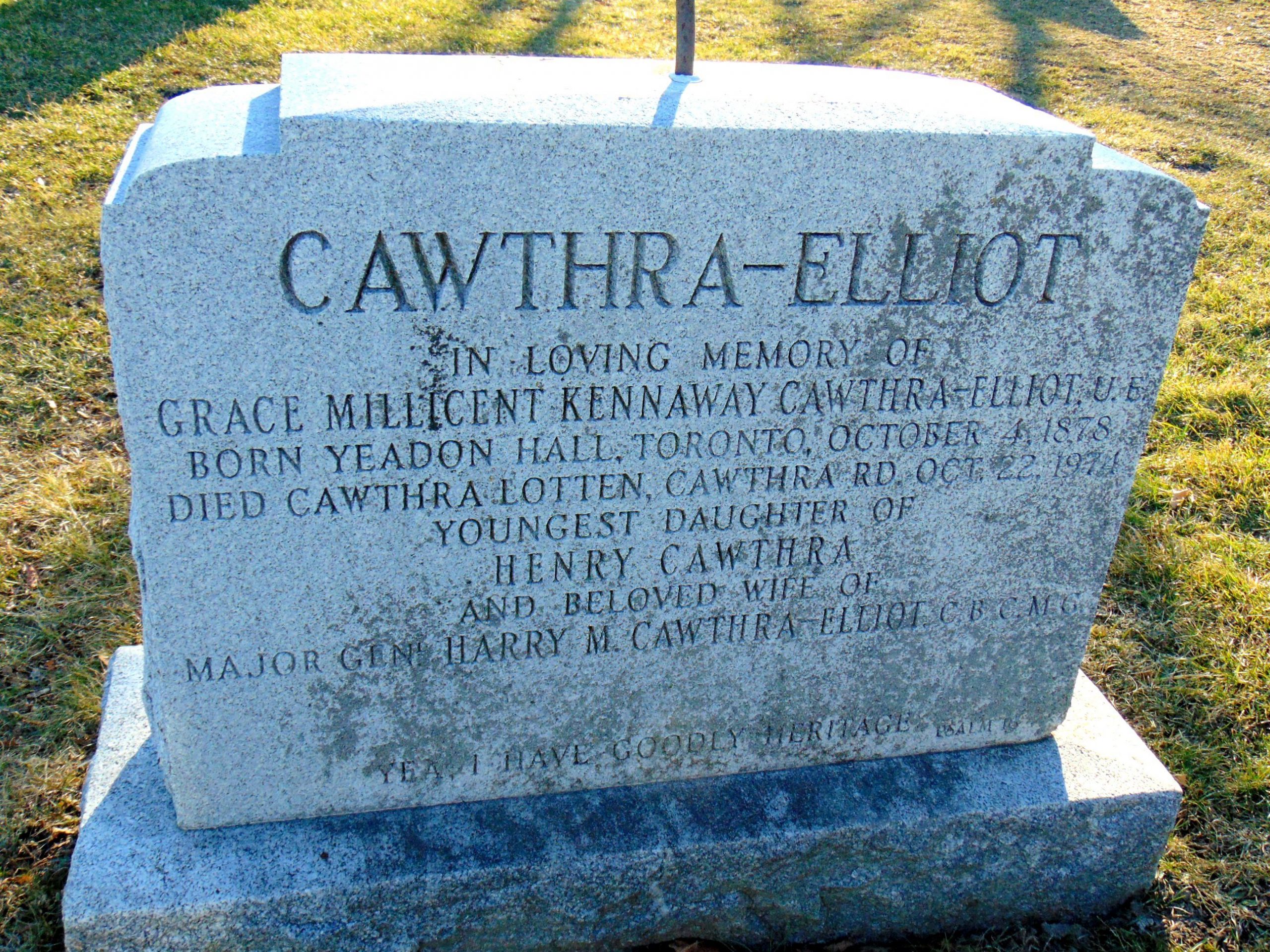
When it was built, Grace intended it to “represent all that had gone before it.” She reused the bricks from Yeadon Hall in Toronto (torn down in 1925), built a house closely resembling her ancestral home, Yeadon Hall in Yorkshire. She used architects, designers, and landscape gardeners who knew the “old world” traditions, and consciously worked to maintain Cawthra Lotten as a reminder of the proper world “where the past would never grow old.”
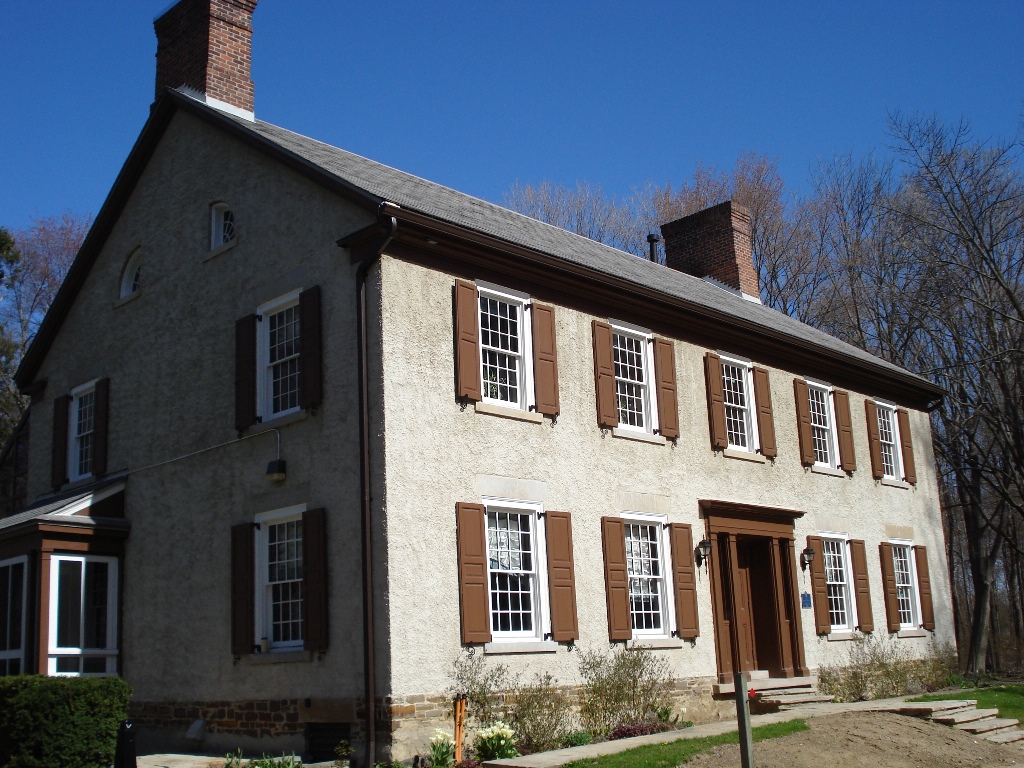
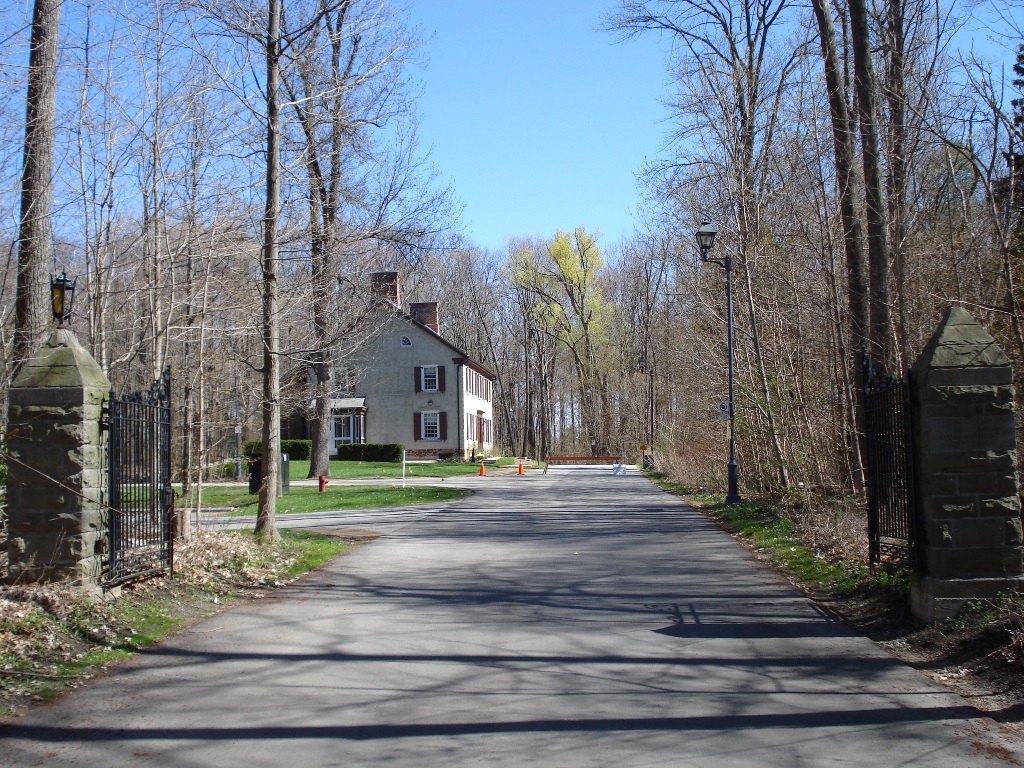
Read the article on Modern Missississauga here: https://www.modernmississauga.com/main/2021/3/3/the-history-of-mississaugas-grace-cawthra



Comments are closed.